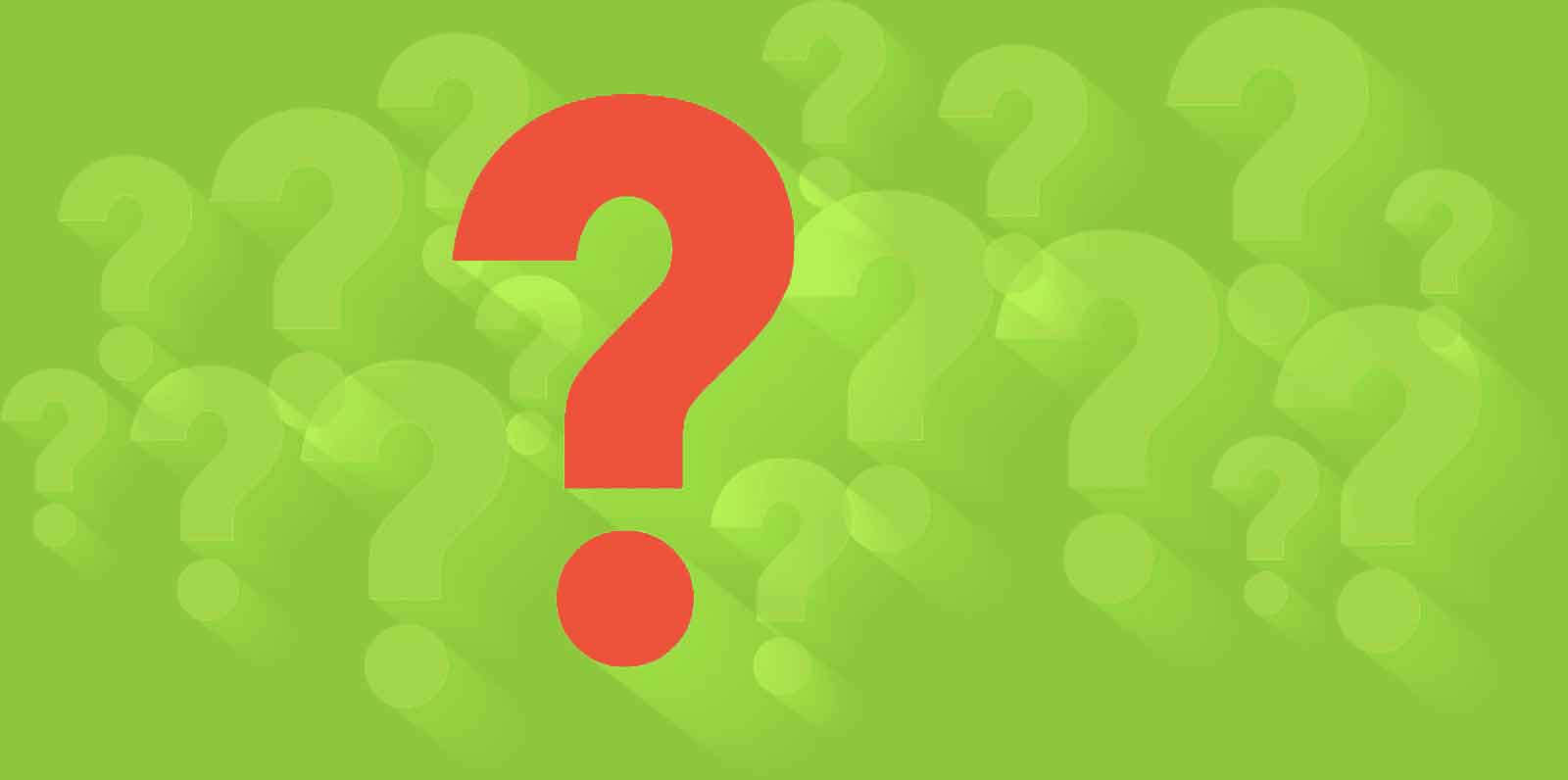Sanitizing vs cleaning your chopping board has never been more critical. However, due to the abundance of knowledge on the internet, it can be unclear which is better: sanitizing or cleaning your chopping board.
People use cleaning and sanitizing interchangeably, but these two have significant differences. Scroll down to continue learning more about which is better between these two!
Cleaning The Cutting Board
It is easy to define what cleaning your cutting board means. In this case, cleaning means removing all of the surface-level contaminations in your area. In this case, it pertains to the location on your chopping board. You can clean the area by washing, wiping, and brushing it.
However, the cleaning process is only limited to the surface level. Although it does not eliminate germs, it helps reduce their numbers.
Cleaning materials include soaps, detergents, vacuums, dusters, degreasers, and glass cleaners.
Sanitizing The Chopping Board
Sanitizing your cutting board pertains to reducing microorganisms such as bacteria, viruses, and fungi after they have been eliminated on a surface level. The sanitizer that will be used should eliminate the number of bacteria to a level that public health standards deem safe. The standard for CDC requirements is that the sanitizing chemicals should stop 99.999% of the test bacteria within thirty (30) seconds.
Sanitizing may reduce the growth of harmful bacteria on your chopping board, but it cannot kill all surface-level bacteria. Instead, think of sanitizing as a measure that protects people from health hazards; it is a crucial practice in schools, corporate offices, restaurants, and hospitals. Surfaces that have contact with food regularly should also be sanitized several times daily.
The Similarities And Differences Between Cleaning And Sanitizing Your Chopping Board
The Similarities Between Cleaning And Sanitizing Your Chopping Board
The similarity between cleaning and sanitizing your chopping board is that both can reduce the amount of germs/bacteria on items to a safe level.
The Difference Between Cleaning And Sanitizing Your Chopping Board
The difference between cleaning and sanitizing your chopping board is that cleaning only removes surface-level deposits on your cutting board, while sanitizing kills bacteria and acts as a preventive measure.
Before you sanitize your cutting board, you should clean it first. After cleaning, sanitizing is the next step to ensuring your chopping board is clean and bacteria-free. You must clean and sanitize your chopping board because it regularly comes into contact with food and gets touched often.
How To Clean And Sanitize The Chopping Board
Cleaning Your Chopping Board
- Choose a cleaning substance of your choice.
- Rub off the food particles on the chopping board.
- Run the chopping board under the water.
- Apply soap with your sponge.
- Rinse in clean water.
Sanitizing vs Cleaning Tips
Usually, you sanitize the chopping board after cleaning it.
- Make a dilute chlorine bleach solution. The idea is to use one tablespoon per gallon of cool water if your chopping board is wooden.
- Use the solution on your chopping board.
- Rinse it with warm water.
Sanitizing vs Cleaning Tip #1: Glass, Plastic, And Stainless Steel
You can use a dishwasher to sanitize chopping boards made of stainless steel, glass, and plastic. Another way you can sanitize them is to use chlorine, iodine, and quaternary ammonium sanitizers.
Sanitizing vs Cleaning Tip #2: Marble And Wood
A quaternary ammonium-based sanitizer like Mr. Clean works best for wood and marble chopping boards.
After sanitizing your marble or wood chopping board, use a clean or paper towel. You can use a dry microfiber cloth for marble chopping boards to prevent staining.
Frequently Asked Questions
How do you maintain a chopping board?
To maintain a chopping board, you should season your wood-cutting board every month using food-grade mineral oil or beeswax, as these can restore the gloss and moisture of the wood. Store it upright or hang it on a hook to allow air circulation.
Moreover, if you start noticing any cuts or splints, you should have your chopping board repaired as soon as possible. Wood glue, clamps, sandpaper, and mineral oil can fix minor defects on the chopping board.
Wrapping Up
Sanitizing and cleaning your chopping board are both crucial. Between the two, sanitizing is better because it kills germs beyond the surface level, unlike cleaning. However, cleaning your chopping board with only the sanitizer will not be complete. The two complement each other as part of safety practices for food service.
Dispenser Solution produces cutlery dispensers. We help create a safe cooking environment for a cleaner and better place to enjoy your food with our cutlery dispensers. Contact us today!



